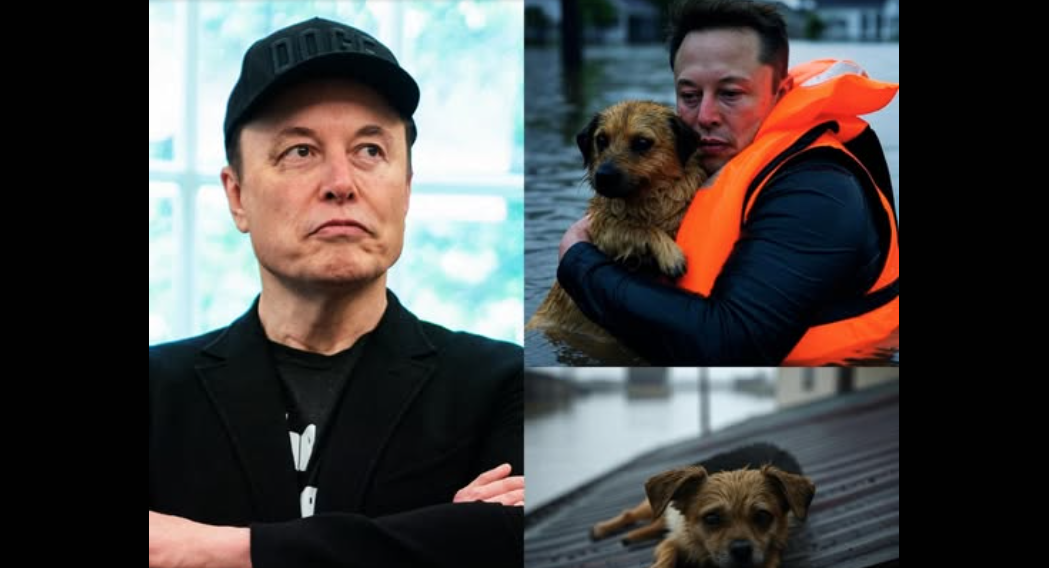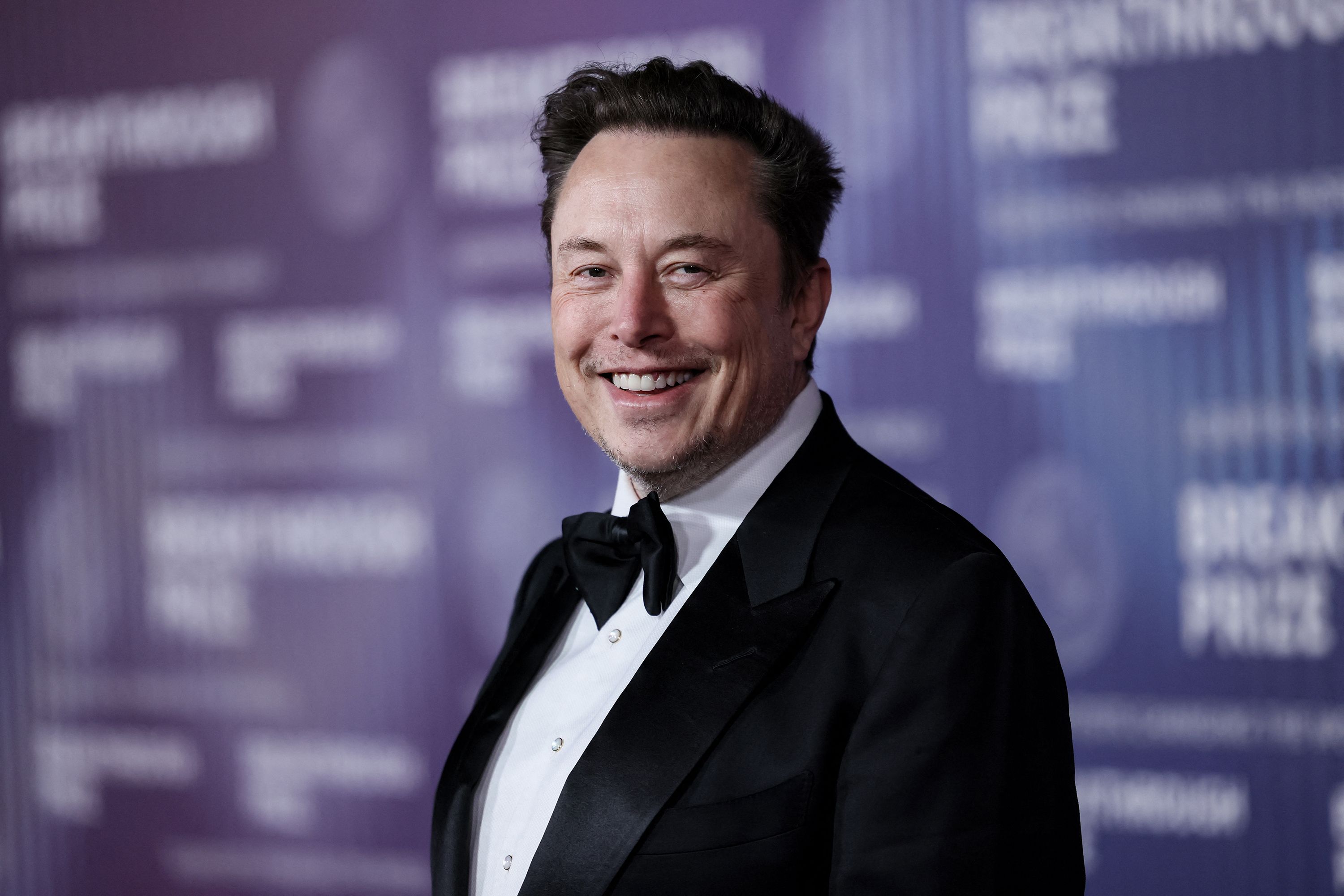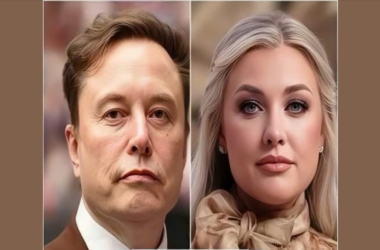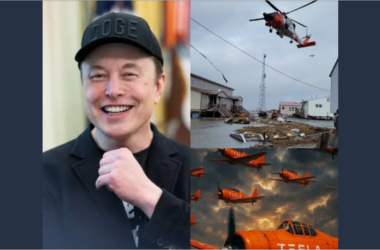
In a stunning turn of events, tech mogul Elon Musk has pledged a remarkable $300 million towards Texas flood relief efforts. This unprecedented act of generosity has not only captured national attention but has also transformed the landscape of disaster response in the Lone Star State. Thousands of dogs have been rescued, search and rescue dogs deployed, and mobile shelters constructed—all thanks to Musk’s significant contribution. But what motivated this billionaire to jump into action during a time of crisis?
The Crisis Unfolds
Texas has been grappling with severe flooding due to unexpected torrential rains that have overwhelmed local infrastructures. Many communities found themselves submerged, with families displaced and pets lost amidst the chaos. As news of the disaster spread, the public’s outcry for help grew louder, prompting various organizations and individuals to step up. However, it was Musk’s monumental donation that truly changed the game.
A Lifeline for Animals
Among the many beneficiaries of Musk’s donation, animal rescue organizations have been particularly impacted. Thousands of dogs that were stranded or abandoned have been rescued. Local shelters, often overwhelmed during such disasters, have seen a surge in resources that allow them to care for these animals, providing food, medical care, and safe havens until they can be reunited with their families or adopted into new homes.
Musk’s donation enabled the deployment of specialized search and rescue dogs trained to locate missing pets and assist in human rescues. These highly trained canines have become invaluable assets to emergency responders, showcasing how Musk’s funds are not only saving lives but also reuniting families with their beloved pets.
Mobile Shelters: A Game Changer
One of the most innovative uses of Musk’s donation has been the establishment of mobile shelters. These shelters are crucial for those who have lost their homes and need immediate support. Unlike traditional shelters that can become overcrowded and impersonal, these mobile units provide a more adaptable and humane approach to disaster relief. They can be set up quickly in affected areas and offer comfort and privacy to individuals and families.:max_bytes(150000):strip_icc():focal(719x151:721x153)/elon-musk-daughter-vivian-jenna-wilson-presidential-address-032125-dd95dbdcc7354d7fbb56279ddf60cdf4.jpg)
The mobile shelters not only accommodate people but also incorporate areas for pets, ensuring that families can stay together during this tumultuous time. This thoughtful aspect of the relief effort has garnered widespread praise and highlights Musk’s understanding of the emotional toll a disaster can take on families, including their furry members.
Motivations Behind Musk’s Generosity
While Musk is known for his ambitious projects and sometimes controversial statements, his actions in this crisis reveal a deeper layer of compassion. Many speculate that Musk’s personal experiences with crises and his passion for technology-driven solutions fueled his commitment to the Texas flood relief effort. His own journey as a business leader has been marked by challenges, and this may have instilled in him a sense of responsibility to aid those in need.
Moreover, Musk has always been an advocate for sustainable and humane practices. His initiatives with Tesla and SpaceX often showcase his desire to push boundaries while maintaining a sense of social responsibility. By stepping up during the flooding crisis, Musk is not just addressing immediate needs but is also setting a precedent for how wealthy individuals can leverage their resources for social good.
The Ripple Effect of Generosity
Musk’s generous donation has sparked a wave of support from other celebrities and philanthropists, encouraging them to contribute to disaster relief efforts. This collective response has led to a significant increase in funds and resources dedicated to helping those affected by the floods. The ripple effect of Musk’s actions serves as a reminder of the power of individual contributions and the impact they can have on entire communities.
What’s Next?
As the recovery efforts continue, the question remains: what comes next? With Musk’s donation, many fear that the attention will dwindle once the immediate crisis is over. However, the infrastructure and systems established during this response can serve as a model for future disaster management efforts.
Organizations involved in the relief effort are already discussing how to maintain the momentum and ensure that the lessons learned from this crisis are applied to future challenges. Musk’s involvement may also inspire more dialogue about the role of technology and innovation in disaster response, paving the way for more effective solutions in the future.
Conclusion
Elon Musk’s $300 million donation to Texas flood relief has been a lifeline for thousands, showcasing the profound impact that one individual can have in times of crisis. From rescuing animals to building mobile shelters, his generosity has transformed the landscape of disaster response. As we look to the future, it is clear that Musk’s remarkable act of kindness will not only help Texas recover but may also inspire a new era of philanthropy and social responsibility among the wealthy elite. The nation is watching, and what happens next could very well redefine how we respond to crises in the years to come.




